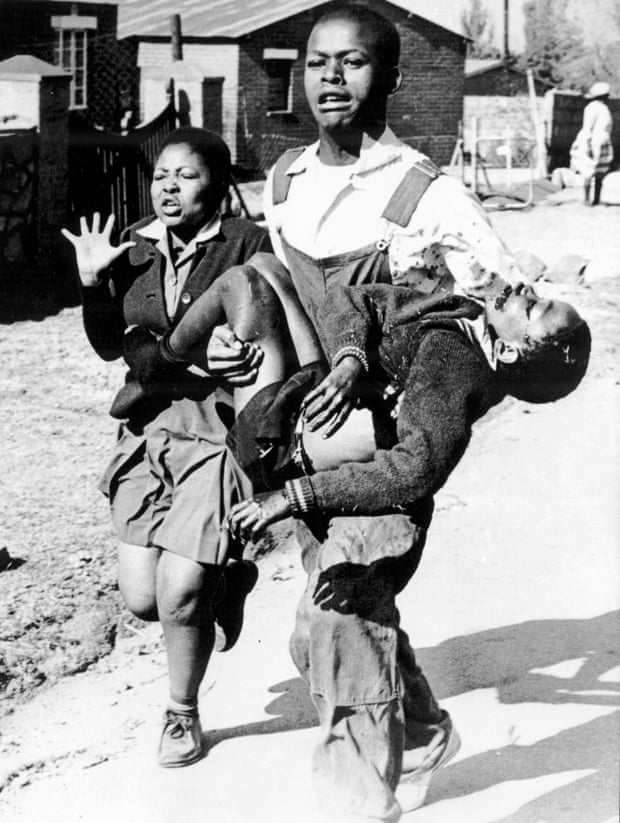June 16 and The Struggle For Local Language Preservation
Language is such an integral part of who we are. Not only is it what we use to express ourselves, but we find culture, history and behavior embedded into its very structure and delivery. I do not know whether the Youth of Soweto were considering all of these intricacies when they decided to protest against the introduction of Afrikaans as a medium of instruction. Afrikaans, a language that the students deemed to be the language of the oppressor , the language of a government which denied African people the right to vote, the right to own land, the right to live in places they wished to, the right to go where they wanted and when they wanted. In protesting against the introduction of this language to provide them with an already inferior education, on 16 June 1976, the students embarked on actions that would impact South African history and be an integral step in the fight against an oppressive apartheid regime.
Photographer Sam Nzima captured the emotional photo of the young, 12 year old Hector Pieterson being carried in the arms of a distraught Mbuyisa Makhubo, as alongside Pieterson’s sister Antoinette , he runs from the police who continue to fire into the crowd of protesting students. This photograph would later become a symbol against the struggle for apartheid and now stands tall at the Hector Pieterson Museum on Khumalo Street in Soweto.

The Soweto uprising would grow to encompass neighbouring townships, towns and eventually the entire country. It would be the impetus to international sanctions against South African apartheid government and political pressure which led to the unbanning of political parties- a long struggle which culminated in the first democratic elections in 1994.
All this, for the love of language. Yet looking back, I ask myself the question “what does the landscape for South African languages look like today? Do we still so fiercely protect our right to engage in our local languages? Are the languages growing and evolving as we grow and evolve?” A look at the website of the Pan South African Language Board shows that although they have only 8 of the 11 official languages of South Africa represented in text, there are several organizations country-wide working towards language preservation through research, documentation, and integration with more modern methods of delivery.
Let this be a call then, to the youth of today to contribute towards the youth of tomorrow, through building on preserving the language integrity which the youth of yesterday so valiantly fought for.
Read more:
http://www.ngopulse.org/article/2018/06/13/%E2%80%8B-june-16-soweto-youth-uprising
https://www.sahistory.org.za/article/june-16-soweto-youth-uprising
0 Comments